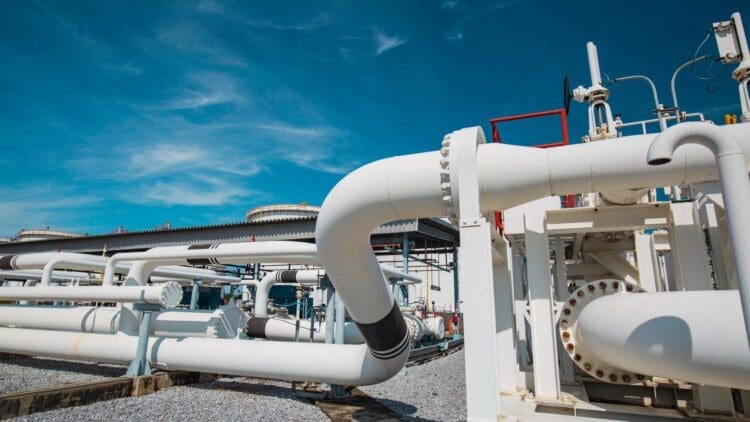There are certain countries across the world that still rely heavily on the conventional energy generation processes that have become less favorable in comparison to the renewable energy sector. One such nation is Australia. In a move that underlines the importance of the traditional energy sector, Australia’s gas strategy faces significant strain as midstream supply tightens in the land down under. Its gas sector has faced a troubling time as of late, despite the government’s strategy towards the sector.
The Australian government tries to strengthen its local economy with policies aimed at increasing the gas supply locally
The global energy sector is facing some troubling times ahead. The consensus prevailing around the world is that more needs to be done to increase the percentage of power that is derived from the renewable energy sector.
However, while the rest of the world invests furiously in the renewable energy sector through wind, solar, and nuclear projects, some nations still lean on their most profitable and reliable energy sources. Australia has, for generations, relied on coal and gas exports to prop up the economy.
However, recent reports have emerged that note that despite the government’s efforts, Australia’s gas sector is facing some tough times ahead. The government has implemented policies aimed at increasing supply to the local market by reducing the amount of gas exported out of the land down under.
“There are limits to what the gas policy measures can achieve on their own if the underlying causes of inadequate supply and ineffective competition are not addressed” – ACCC Commissioner Anna Brakey
The Australian Domestic Gas Security Mechanism is a policy developed by the government that mandates producers to set aside a certain percentage for the local market and encourages LNG producers to deliver less gas to their clients.
The danger has been averted for the time being in Australia
The government bodies note that the policy has had an impact, albeit a short-term one. According to the ACCC’s latest report, gas supply for the eastern coast will increase into a surplus in the first quarter of 2026. That sounds great for that side of the country, but what about the rest of Australia?
“Despite the improvement, the supply-demand outlook remains tight in the southern states.” – ACCC Commissioner Anna Brakey
Government institutions warn of a less favorable investment environment in the southern states
The report from the ACCC notes that outside investment may be affected by the lack of sustainable gas production in Australia. The report notes that more work needs to be done to improve the gas sector’s production capabilities to foster international investment.
“For the first time, southern gas producers are not expecting to produce surplus gas in the first quarter of the year, when demand is usually at its lowest. This may create challenges for fully replenishing southern gas storage facilities ahead of winter 2026.” – ACCC Commissioner Anna Brakey
The gas turbine shortages around the midstream sector have further exacerbated the issues. The Australian economy relies heavily on exporting coal and gas, which, according to government reports, may suffer if the current trend continues.
The global community is calling for a more balanced approach to the energy sector
As the world’s energy sector evolves, the prominence of the conventional oil and gas sectors will fade away like an Australian sunset creeping over the horizon. Several oil-rich nations have vented their frustration with the current dominance of the traditional non-renewable sector and have called for 50% renewable energy production within the decade. Australia is among the last nations in the world that are slowly accepting the fate of the gas and oil sector; however, that does not mean they will let it go very easily.





